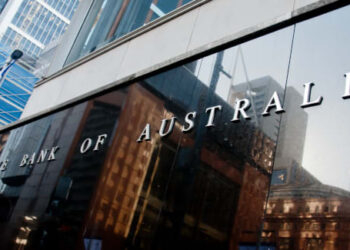Willis Towers Watson’s annual Alternatives Survey, released yesterday afternoon, found that assets under management for the 100 largest alternative asset managers rose to US$4 trillion.
Real estate managers have the largest share of assets in the alternatives pool with 35 per cent (US$1.4 trillion), followed by private equity (17 per cent), hedge funds (17 per cent), private equity funds of funds (12 per cent) and illiquid credit (9 per cent).
Funds of hedge funds made up 6 per cent of the alternatives sector, followed by infrastructure (4 per cent) and commodities (1 per cent).
Illiquid saw the largest percentage increase throughout 2016, rising from US$178 billion to US$360 billion.
Conversely, assets allocated to direct hedge funds strategies fell over the period, from US$755 billion to US$675 billion.
Nick Kelly, senior investment consultant at Willis Towers Watson, said, “As capital supply and competition have increased in some segments of the illiquid credit universe, such as direct lending for example, yields are not always offering sufficient compensation for illiquidity and risk.
“At the same time, we have seen some withdrawal of capital from hedge funds in the face of high fees, skewed alignment of interests and performance headwinds.
“It appears that the growing groundswell of negative sentiment that has arisen due to the aforementioned issues is now showing up in the decisions of asset allocators.
“We have been surprised it has taken this long to observe the trend turn, however this is aligned with our long-held view that the hedge fund industry needs to change, with those willing to offer greater transparency and display value for money likely to prosper going forward.”







